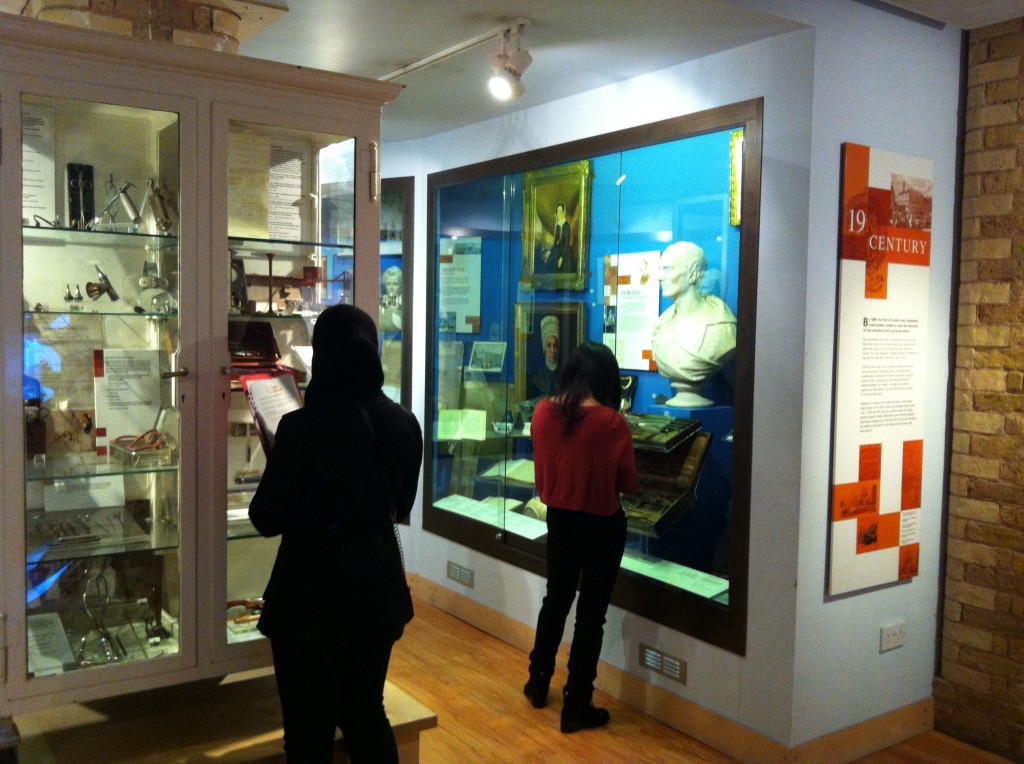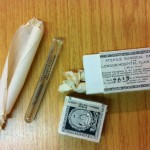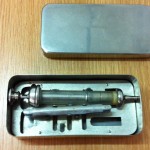Anaesthetics
What are anaesthetics?
Anaesthetics provide relief from sensing pain. They can be given to patients via injections or breathing in through a mask, and they are given when patients are undergoing surgery or any other treatment that might cause them pain.
Anaesthetics that are breathed in by patients were first discovered in the mid 1800s, but surgeons were slow to start using these. Before this time no anaesthetics were used but instead people were given a piece of wood to bite on, so they wouldn’t scream. Herbal remedies were also used as well as alcohol to dull the pain. So patients had medical procedures including surgery with the sensation of pain!
The anaesthetics we use today are very different from those first discovered in the mid 1800s, many of which had nasty side effects and they didn’t effectively prevent pain. An example is Ether. Ether is no longer used today as there were number of bad side effects, making patients more ill than they came before into the hospital, for example nausea, vomiting and occasionally death!
Now, there are many different types of chemicals used for anaesthetics, which are chosen depending on the patient and procedure they are having. These fall into two categories: General and Local anaesthetics.
- General anaesthetic is when you have more serious or invasive procedures where it will be safer to put you to sleep and is given to patients via an injection. When patients have general anaesthetic, it is really important to make sure their breathing and heart rate is being monitored, especially if they are more vulnerable, for example young people, elderly people or patients who are really sick.
- Local anaesthetic is used for minor injuries and does not send you to sleep but numbs the area where it is injected. It is normally given to the area that needs to be operated on. For example when having a tooth taken out, the dentist injects the gum around the where they will need to take the tooth out.
Syringes
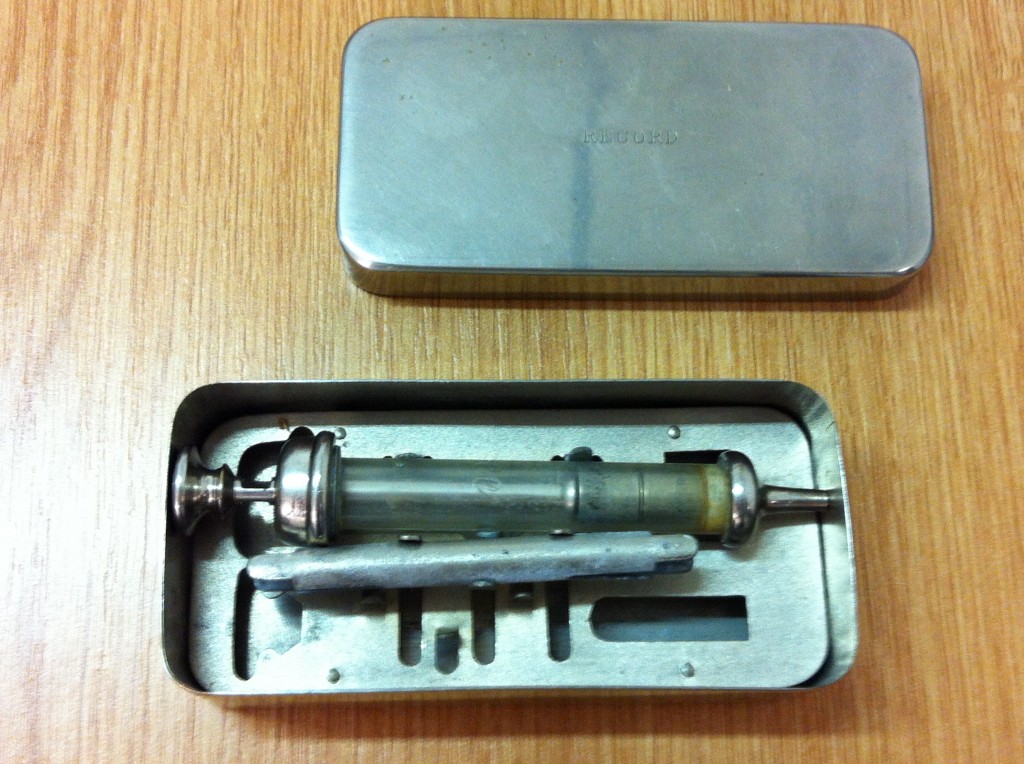
Glass syringes were initially used by doctors. However the problems with these were:
- They are fragile, so when the doctor accidently drops the glass syringe the glass shatters and the fragments are likely to harm others
- They were difficult to keep clean because there was no form of effective sanitation for the syringes to be cleansed
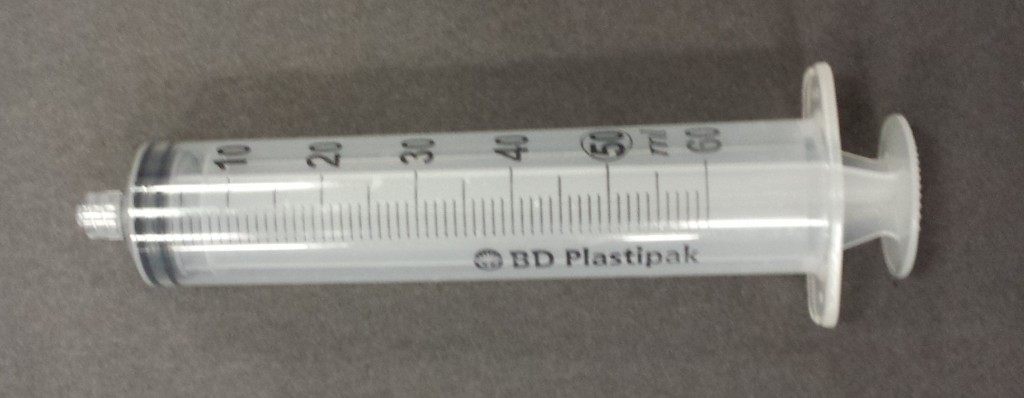
We now use plastic syringes because they are:
- cheap
- disposable
- have little risk of breaking and causing harm to others.
